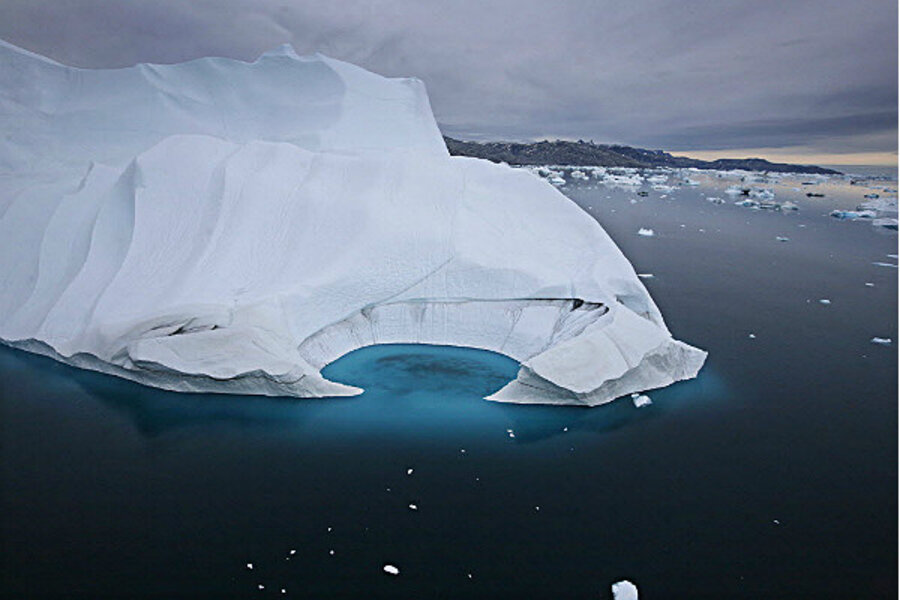As predicted, humongous iceberg breaks away from Greenland glacier
Loading...
A massive iceberg larger than Manhattan has broken away from the floating end of a Greenland glacier this week, an event scientists predicted last autumn.
The giant ice island is 46 square miles (120 square kilometers), and separated from the terminus of the Petermann Glacier, one of Greenland's largest.
The Petermann Glacier last birthed — or "calved" — a massive iceberg two years ago, in August 2010. The iceberg that broke off and floated away was nearly four times the size of Manhattan, and one of the largest ever recorded in Greenland.
Although the new iceberg isn't as colossal as its 2010 predecessor, its birth has moved the front end of the massive glacier farther inland than it has been in 150 years, Andreas Muenchow, an associate professor of physical ocean science and engineering at the University of Delaware, said in a statement.
Jason Box, a scientist with Ohio State University's Byrd Polar Research Center, has also been monitoring the Petermann Glacier, and in September 2011, he told OurAmazingPlanet that a growing crack likely would sever the glacier once warmer weather took hold during the summer months.
"We can see the crack widening in the past year through satellite pictures, so it seems imminent," Box said at the time.
Muenchow said that the newest ice island broke away on Monday morning (July 16).
Although iceberg birth is a natural, cyclical process, when the process speeds up, there are consequences.
The floating ends of glaciers, known as ice shelves, act as doorstops. When these ice shelves suddenly splinter and weaken or even collapse entirely, as has been observed in Antarctica, the glaciers that feed them speed up, dumping more ice into the ocean and raising global sea levels.
"The Greenland ice sheet as a whole is shrinking, melting and reducing in size as the result of globally changing air and ocean temperatures and associated changes in circulation patterns in both the ocean and atmosphere," Muenchow said.
Follow OurAmazingPlanet for the latest in Earth science and exploration news on Twitter @OAPlanet. We're also on Facebook & Google+.





